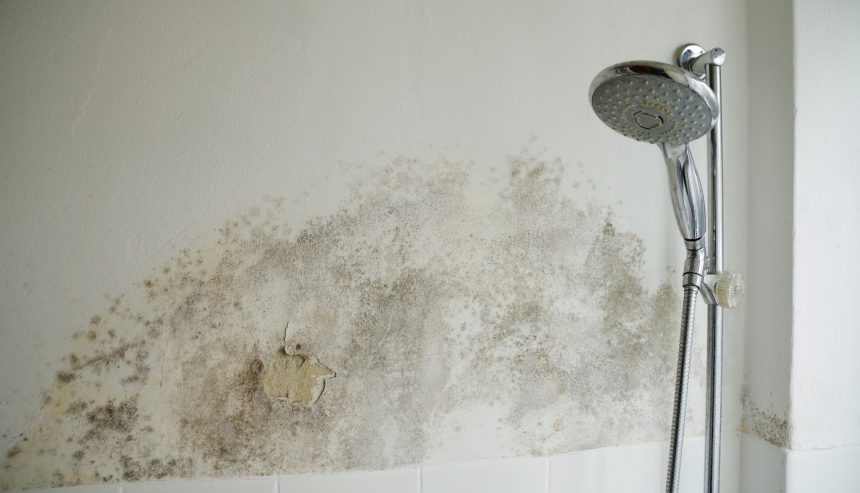Bathroom Water Damage - Ways To Avoid This Happening
Bathroom Water Damage - Ways To Avoid This Happening
Blog Article
The publisher is making a number of good pointers about How to Prevent Bathroom Water Damage overall in this content followed below.

The restroom is exceptionally at risk for damp buildup and prospective water damages because of the regular use water in it. This article provides basic examination techniques to assist discovering water damages threats.
The frequent use of water in the shower room makes it very at risk for moist accumulation as well as prospective water damages. By evaluating it routinely, you can lower water relevant damages.
The adhering to set of inspections is simple to carry out as well as must be done when in every three months in order to maintain your shower room healthy as well as to avoid potential water damages triggered by the tub, the shower, pipe joints as well as plumbing, sinks, cupboards, and the toilet
Do not overlook carrying out these evaluations as well as be comprehensive while performing them. Remember that these basic assessments can conserve you a great deal of money by offering early indications for water damage
Bathtub and Shower
The shower and tub need special attention and maintenance. Examine the floor tiles and also change if split. Ensure that there is no missing cement in between the floor tiles. Evaluate as well as replace broken caulking at joints where the walls meet the flooring or the tub. Blocked drains and pipelines troubles will stop the tub from drying as well as may indicate serious problems beneath the bath tub. Talk to an expert right away to avoid structural damages. Focus on discolorations or soft areas around the bathtub wall surfaces as they might suggest an internal leak.
Plumbing
Signs for water damages are tough to find considering that most pipelines are set up inside the walls.
Pay unique focus to flooring and wall surfaces dampness as well as stains as they may show an undetectable plumbing issue. Inspect wetness levels in adjacent spaces as well.
Sinks and Cabinets
Sinks and also cupboards are exposed to dampness as well as humidity day-to-day as well as are typically neglected. Inspect consistently under the sink as well as on the countertop over it. Repair any drip in the catch as it may recommend drainpipe problems. Check out the sink, slow draining pipelines may show a blocked drainpipe. Change sink seals if they are cracked or loosened.
The Bathroom
The commode is a prone water junction. Inspect the water lines and search for leakages around the bathroom seat, in the tube, as well as under the water tank. If you find any indicators of moisture on the flooring around the toilet, look for leaks in the toilet edge and tank seals.
Know that hanging toilet dish deodorants boosts the chances for blockages.
Water Damage Signs In The Bathroom To Avoid Cleanup
Musty smell
This is one of the easiest signs to catch because musty smells are so odorous. The damp, earthy, moldy smell should be a big red flag. The smell will develop when moisture gets trapped in surfaces, and begins to facilitate mold growth. Leaking pipes under cabinets, inside walls, and behind shower fixtures will cause moisture to stay trapped and not dry, which will lead to mold growth and spread. As soon as you notice any musty smells in your bathroom, have it checked for hidden water damage and cleanup signs.
Visible mold
If the smell isn’t there to give it away, sometimes you will actually see mold growth. Finding mold in your bathroom is a serious problem, because mold is very harmful to your health. By the time mold growth is visible, it also means that water damage has already occurred and been present for some time. The only way the mold problem can be resolved is to find the source of the moisture and get it stopped. To safely and adequately remove mold, you need to have professionals handle the remediation. Do not waste any time in getting mold problems addressed, fixed, and sanitized so that you can protect you and your family from the many respiratory symptoms caused by mold exposure.
Damaged floors
Bathroom floors should be able to withstand some exposure to water while still remaining in good condition. However, when excess exposure or water leaks occur, they will begin to damage even the most water-resistant flooring. If you notice any cracking, bubbling, staining, or warping on your bathroom floors, there is probably a water leak somewhere causing the distortion. If you notice areas of the floor have become softer, or even have a spongy feeling, there is probably damage to the subfloor. Subflooring is typically made up of plywood. When plywood is exposed to water or moisture, it will absorb it. Once it has become saturated, the weight of the excess water will cause the wood to swell and soften. Check the floors in your bathroom frequently to catch any of these sings before they lead to damaged subflooring.
Changes on walls
When water leaks behind walls, it will cause changes in the drywall. Peeling plaster, blistering paint, and soggy wallpaper are all good indicators that excess water is building up behind the wall. Water leaking behind drywall will cause it to swell and be soft to the tough. If you start to notice gaps along the trim of your walls, or where tile meets the wall, it could also be a strong indicator that there is a leak behind the wall. Any changes, distortion, or damage on the walls should be evaluated as soon as you notice it to prevent further water damage and cleanup.

As a person who reads on How to Prevent Bathroom Water Damage, I assumed sharing that information was sensible. In case you appreciated our blog post please be sure to pass it around. Thanks for your time. Visit again soon.
Schedule A Free Estimate Report this page